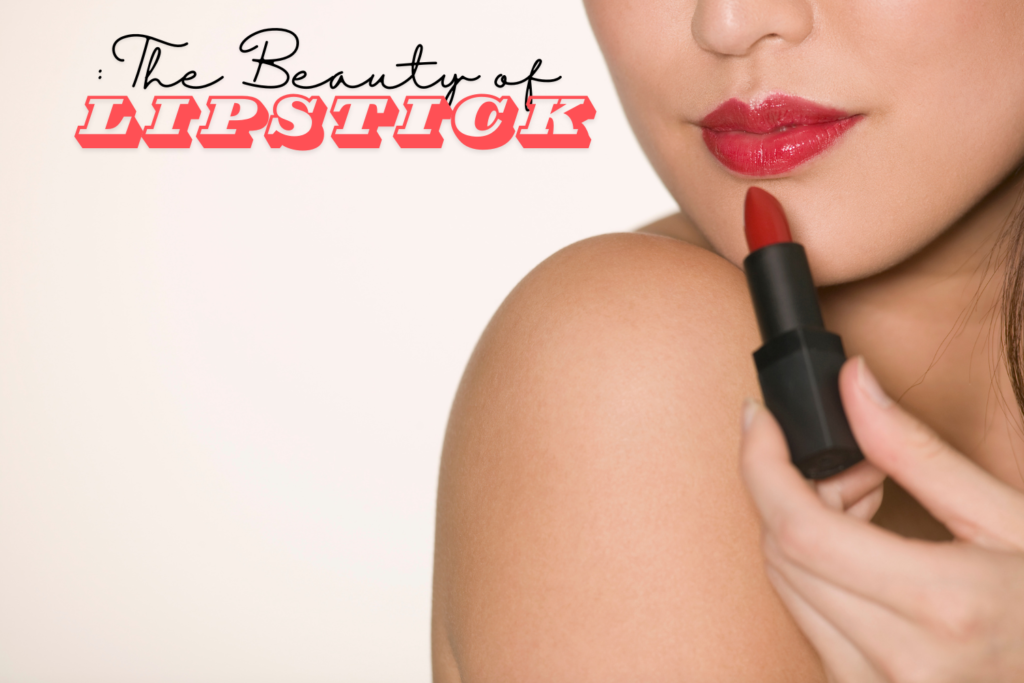The Beauty of the Lipstick Plant
The Lipstick Plant is native to the tropical regions of Southeast Asia, where it grows as an epiphyte in the wild. This means it often clings to trees and other structures, drawing nutrients from the air and rain. Its cascading vines can reach up to two feet in length, making it an excellent choice for creating a lush, hanging display.
Eye-Catching Flowers
Lush Foliage
In addition to its beautiful flowers, the Lipstick Plant boasts thick, waxy leaves that add to its ornamental appeal. The foliage is not only attractive but also relatively low-maintenance, making it a great choice for those new to houseplants.
Caring for Your Lipstick Plant
To keep your Lipstick Plant healthy and blooming, follow these essential care tips:
Light
The Lipstick Plant thrives in bright, indirect light. Too much direct sunlight can scorch its leaves, while too little light can result in poor blooming. A spot near a north or east-facing window is ideal. If natural light is insufficient, consider supplementing with a grow light.
Watering
Proper watering is crucial for the Lipstick Plant. Water thoroughly when the top inch of soil feels dry, but ensure the plant is not left sitting in water, as this can lead to root rot. It’s better to err on the side of underwatering than overwatering.
Humidity
As a tropical plant, the Lipstick Plant enjoys high humidity. If your home has dry air, especially during winter, consider using a humidifier or placing the plant on a tray of water with pebbles to increase humidity around it.
Temperature
The Lipstick Plant prefers warm temperatures between 65°F and 80°F (18°C to 27°C). Avoid placing it in drafty areas or near cold windows, as it is sensitive to temperature fluctuations.
Fertilizing
Feed your Lipstick Plant with a balanced, water-soluble fertilizer every 4-6 weeks during the growing season (spring and summer). Reduce feeding during the fall and winter months when the plant’s growth slows down.
Pruning and Repotting
Regular pruning helps maintain the shape of your Lipstick Plant and encourages bushier growth. Pinch back the stems after flowering to promote new growth. Repotting is typically needed every 2-3 years or when the plant outgrows its pot. Choose a pot with good drainage and use a well-aerated potting mix.
Pests and Problems
The Lipstick Plant is relatively resistant to pests, but it can occasionally attract aphids, mealybugs, or spider mites. Regularly inspect your plant and treat any infestations promptly with insecticidal soap or neem oil. Yellowing leaves or a lack of blooms can indicate issues with light, watering, or temperature, so adjust care as needed.
Conclusion
The Lipstick Plant is a delightful addition to any indoor plant collection, offering vibrant flowers and lush foliage with relatively low maintenance requirements. By providing the right care, you can enjoy its radiant blooms and cascading vines year-round. Happy planting!
FAQs:
1. How often should I water my Lipstick Plant?
- Water your Lipstick Plant when the top inch of soil feels dry. Ensure the plant is not sitting in water to prevent root rot. Typically, this means watering about once a week, but it may vary depending on your home’s humidity and temperature.
2. What kind of light does a Lipstick Plant need?
- The Lipstick Plant thrives in bright, indirect light. Direct sunlight can scorch its leaves, while insufficient light can hinder blooming. Place it near a north or east-facing window or use a grow light if natural light is inadequate.
3. How can I increase humidity for my Lipstick Plant?
- Increase humidity by using a humidifier, placing the plant on a tray of water with pebbles, or grouping it with other plants. Regular misting can also help, especially in dry environments.
4. What temperature range is best for a Lipstick Plant?
- The ideal temperature range for a Lipstick Plant is between 65°F and 80°F (18°C to 27°C). Avoid exposing it to cold drafts or placing it near cold windows.
5. How often should I fertilize my Lipstick Plant?
- Fertilize every 4-6 weeks during the growing season (spring and summer) with a balanced, water-soluble fertilizer. Reduce feeding in the fall and winter when the plant’s growth slows.

